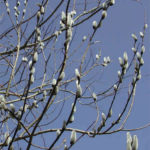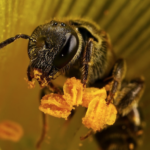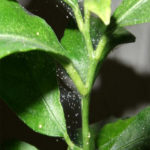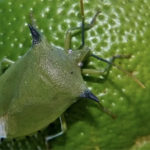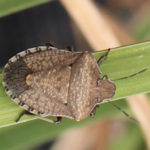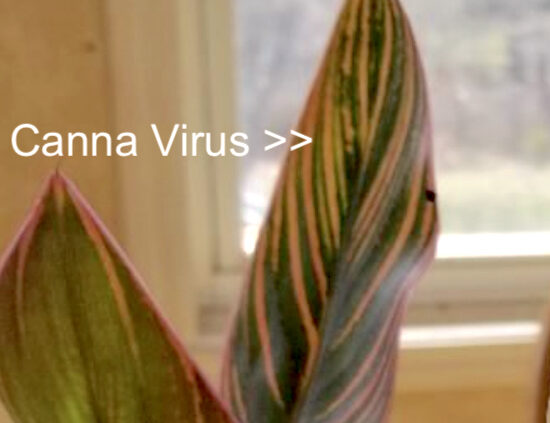
Canna Virus: Prevent It Before Its Too Late
CANNA VIRUS DISEASE – Prevent It Before Its Too Late
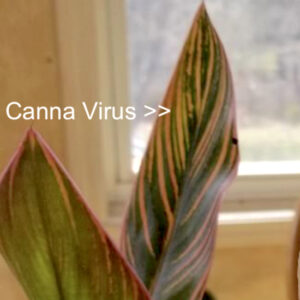 Canna viruses are one of the most dreaded plant diseases. The reasons for this are many, including the fact that the viruses can have a profound impact on the health and appearance of your Canna plants. The most common symptom of a Canna virus is leaf necrosis, which is the death of plant tissue. This can lead to the leaves of your Canna plants turning yellow, brown, or black. The necrosis can also spread to the stems, causing them to become weak and brittle. In severe cases, the entire plant may die.
Canna viruses are one of the most dreaded plant diseases. The reasons for this are many, including the fact that the viruses can have a profound impact on the health and appearance of your Canna plants. The most common symptom of a Canna virus is leaf necrosis, which is the death of plant tissue. This can lead to the leaves of your Canna plants turning yellow, brown, or black. The necrosis can also spread to the stems, causing them to become weak and brittle. In severe cases, the entire plant may die.
There are many different types of Canna viruses, and they can be spread by a number of different sectors, including insects, animals, and humans. The most common Canna virus is the Tobacco mosaic virus (TMV), which is spread by tobacco mosaic viruses. Other common Canna viruses include the cucumber mosaic virus (CMV), the alfalfa mosaic virus (AMV), and the whitefly-transmitted geminiviruses.
Canna viruses can have a serious impact on the health of your plants. In addition to causing necrosis, Canna viruses can also stunt the growth of your plants, and cause them to produce fewer flowers and fruits. If you suspect that your plants are infected with a Canna virus, it is important to contact a professional for diagnosis and treatment.
Is the Canna Virus Contagious with Plants or Seeds?
The Canna virus is a contagious plant virus that can be easily spread from plant to plant or from seed to plant. The virus is most commonly spread through contact with infected plant material, such as leaves, stems, or flowers. The Canna virus can also be spread by sharing tools or equipment that has come into contact with infected plants. The virus can also be spread through contaminated water, soil, or compost.
Can Canna Virus Be Prevented?
Canna virus is a serious problem for the Australian region and Canna growers need to be aware of the potential for this disease. There are a number of ways to prevent the Canna virus, including:
- Purchase Canna plants that have been certified virus-free by a reputable source.
- Quarantine new Canna plants for at least six weeks before adding them to your existing collection.
- Avoid contact with Canna plants that are known to be infected.
- Wash your hands thoroughly after handling infected plants.
If you suspect that your Canna plants are infected with the Canna virus, it is important to contact your plant pathologist for diagnosis and management advice.
What Should You Do if You Think Your Plant Has a Canna Virus?
If you think your plant may have a Canna virus, it is important to take immediate action in order to prevent the spread of the disease. Here are some tips on what to do:
- Isolate the plant from other plants. This will help to prevent the virus from spreading.
- Destroy the affected plant. This may seem drastic, but it is the only way to be sure that the virus does not spread to other plants.
- Disinfect all of your gardening tools. This will help to prevent the virus from spreading.
See pictures of leaves and flowers of Canna Virus Disease



